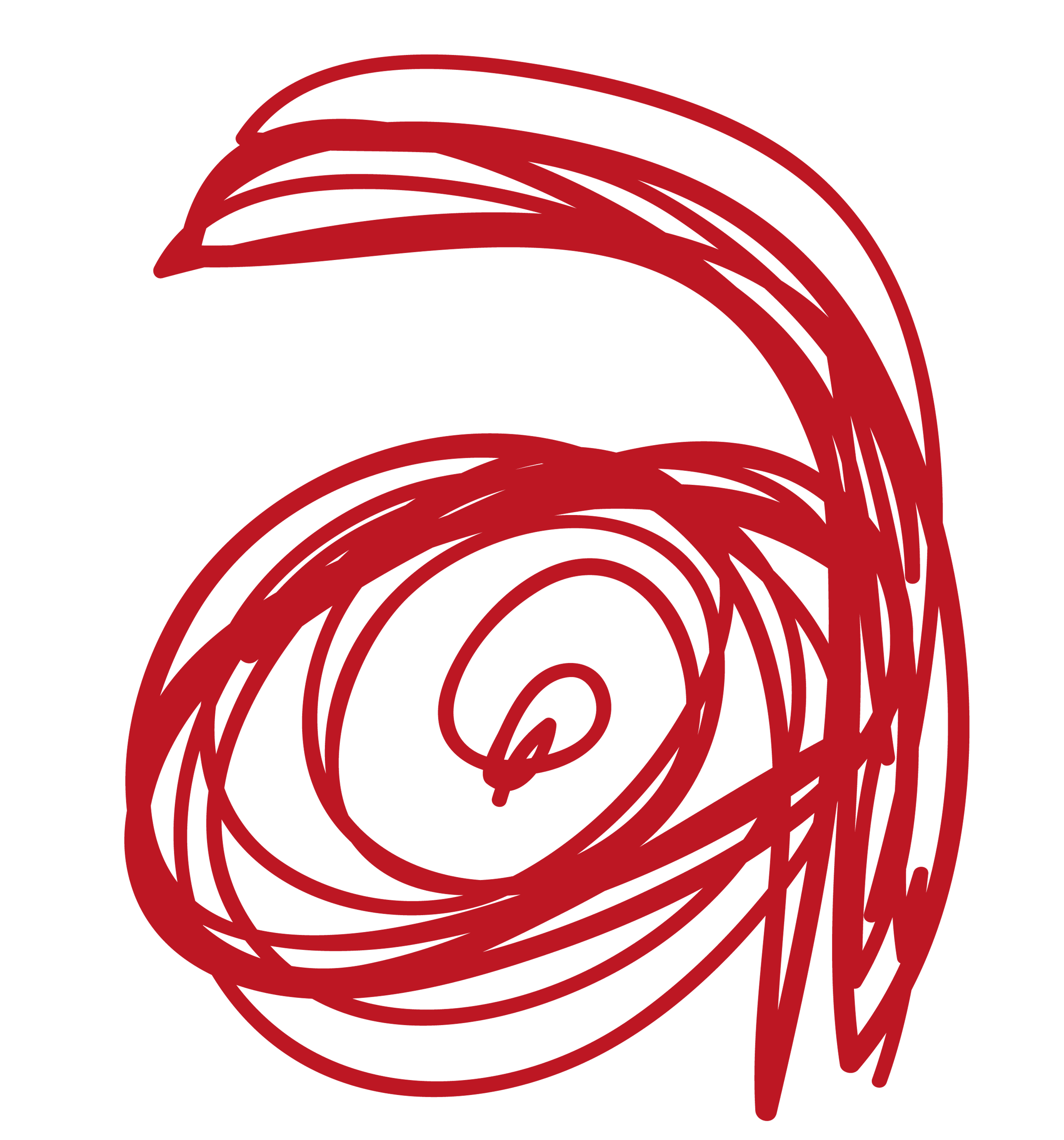There is something sinister about Between Two Shores, Nujoom Alghanem’s large acrylic and charcoal painting. Is it the ghostly eight white figures that hover over the orange water? Is it the cityscape – undeniably Deira – rendered in flaming red? Or is it Alghanem’s compositional intention to convey the impossibility of the figures reaching shore? It could be all these possibilities, and it is a lot more. All Alghanem’s creative productions are in fact visual essays, and Between Two Shores is one such example; one that first manifested as something that pierced her heart, then struck her hand that felt compelled to write poetry and then became a graphic manifestation as a painting. Across all that Alghanem creates – paintings, poems, and films – a core aspect shared by the three art forms is the sense of healing that they lend their maker.
One of the show’s crown jewels is the collection of paintings from the mid 1990s. Distinct in their small size, earthy colour scheme and compositional intrigue – abstract and figurative all at once – many of these oil paintings were made during Alghanem’s time in the USA, from where she graduated with a bachelor’s degree in Video Production from Ohio University in 1996. During her undergraduate years, she took a variety of electives and developed deep fascinations with history, African masks, mysticism, mythology and “the anthropological aspect of things”. It reflected in her work. She experimented with materials, such as burlap, to give her paintings texture and in her oil paintings, the “undefined creatures, both human and non-human but not animals” told of other worlds. “These kinds of obsessions don’t go,” says Alghanem. “They come back.” They did, in paintings from the early 2000s, also on show in Unframed.
For the first time, Alghanem presents photographs – stills from her films – with select handwritten verses of her own poetry. There’s the legendary conceptual Emirati artist Hassan Sharif from Sharp Tools (2017), the 90-year-old female healer from Sharjah in Hamama (2010), Fatima, the female camel breeder in Nearby Sky (2014) and of course Falak from Passage (2019), who tells us never to settle for what we know, and a host of other admirable subjects. In marrying the written word with a still from the moving image, Alghanem posits: do we read the text and understand the image, or do we see the image and understand the text? Does it even matter? Isn’t film poetry? Isn’t poetry words? And don’t words ultimately make a visual essay? The answers are in one’s secrets.
- Words by Myrna Ayad

